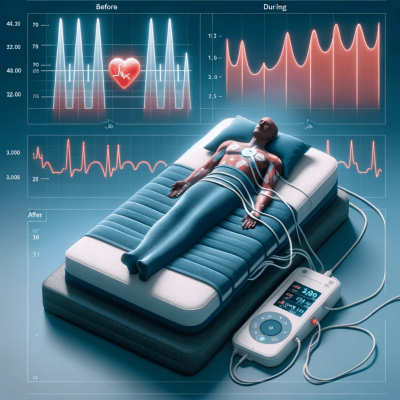The people in a surgical theatre will largely depend on the procedure performed. For low-risk procedures such as steroid injections under sedation, the number of people present in the room will be less. For operations like Craniotomy, organ transplants, or other high-risk and lengthy procedures, the number of staff in the room will be higher.
Typically, however, for most routine procedures, the same still will be present in the operating room, on hand to support surgeons to carry out the best possible standard of care. Below, we’ll look at who they might be, what role they have, and
Table of Contents
ToggleScrub Nurses
Depending on how heavy the operating list is for the day – and the specialty of the procedure performed – there are typically two scrub nurses or more present in the operating room. There must be at least two scrub nurses present in the room because one will scrub and the other will circulate.
Essentially, the scrub nurse works within the sterile field and the circulating nurse outside it. Over the years, the role of scrub nurses has evolved. Advancements in tools like the surgery retractor mean scrub nurses have more free hands to support the surgeons. That support might be passing equipment, sutures, swabs, or generally, anything the surgeon asks them to that’ll assist with the procedure.
Operating Department Practitioners
Operating department practitioners (ODPs) are on hand to help with all aspects of the procedure, from anesthetics to recovery. ODPs check that the machines are working, that the equipment is sterile, and that the room is equipped with everything needed to carry out the procedure successfully.
ODPs are also required to ensure anesthetists and surgeons have all of the required drugs for the procedure – that means ordering them in promptly before the operation begins. ODPs will also check patients into the theatre, check their wristbands, and go through all the necessary pre-theatre checklist questions.
Anesthetists
Depending on the procedure, there are often two anesthetists. Sometimes one is a consultant or registrar, and the other is a more junior anesthetist in training. Generally speaking, the role of an anesthetist is to provide anesthesia and pain management from start to finish. If a patient is having a procedure under general anesthetics, they will monitor vital signs and continue to administer drugs as required.
Surgeons
Surgeons rarely work alone. Typically, two surgeons are present per procedure, with more appearing depending on the risk level and skill set needed to complete the operation. Take liver transplants as an example. There’s typically a vascular surgeon present and two liver transplant specialist surgeons on hand to perform the procedure. Whereas, with a broken arm that needs Kirschner wires (K-wires), there might only be two trauma and orthopedic surgeons present.
There are other professionals in the operating department on hand to step in when needed, like radiographers, clinical photography and students. It takes a team of trained professionals to run theatres and perform the often life-saving or life-changing procedures within the operating room. Each person plays a vital role.








